For some years now, BlackBerry has been trying to get back on track with its iconic smartphones. It started a couple of years ago with the release of the KeyOne, in 2017, while over the last few months it has tried again with BlackBerry KEY2, a terminal that is an exception to the entire current panorama of smartphones, proposing a physical keyboard integrated in the lower part. smartphone, in combination with a touch display. Here's what it looks like and to whom it can be useful.
Design
The design of BlackBerry Key2 is something absolutely different from all other smartphones on the market. It recalls the lines of its predecessor, but with a slightly improved and optimized keyboard. The terminal measures 151.4 x 71.8 x 8.5 mm and weighs just 168 grams, it is held well in the hand, it is light, and absolutely not slippery, considering that behind the back cover it offers a rough pattern that increases its grip. 
BlackBerry Key2 offers a 4.5-inch display on the top, naturally touchscreen, with reduced frames, except of course on the lower part, where the company's iconic keyboard insists. On the bottom is a USB-C port, with speaker grilles on either side. On the top there is the 3.5mm jack input for headphones and earphones, which are included in the package. On the side, however, there is the volume rocker, the power key and a key to quickly call up the Google voice assistant. In all of this, where is the fingerprint reader located? Embedded in the space bar, practically invisible. 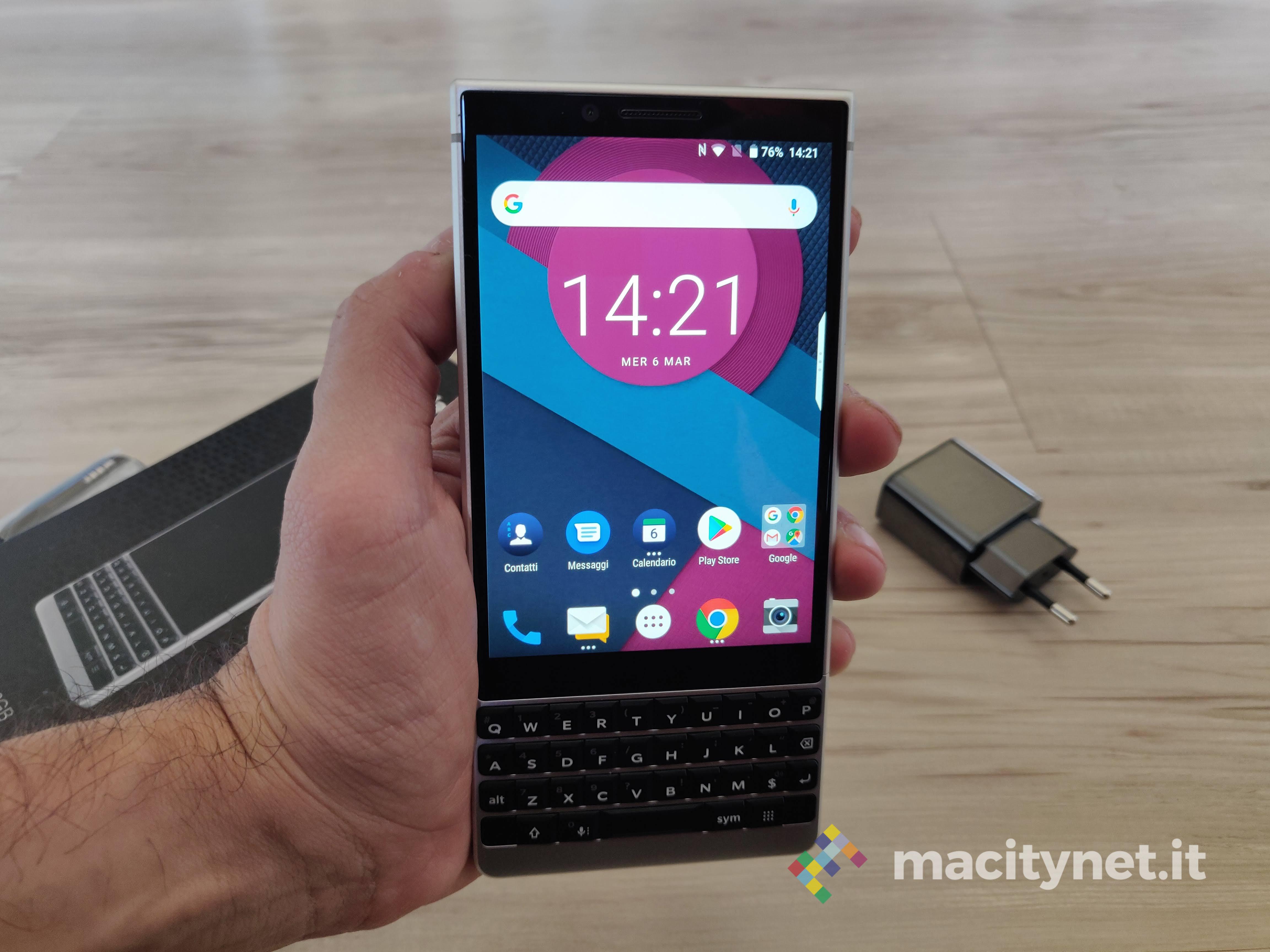
In general, BlackBerry Key2 has an elegant and, undoubtedly, original design, it does not go unnoticed and immediately approaches a business environment.
Features
The screen has an IPS LCD technology with a resolution of 1,620 x 1,080, and a pixel density of 434 PPI, with a ratio of 3: 2, also an exception to the now traditional stretched ratio. The screen is bright and readable even in the sun, the blacks aren't as rich as on OLED screens, but overall it's a great panel. Obviously, those looking for a very wide diagonal screen will have to go further: BlackBerry Key2 has its main feature in the keyboard. 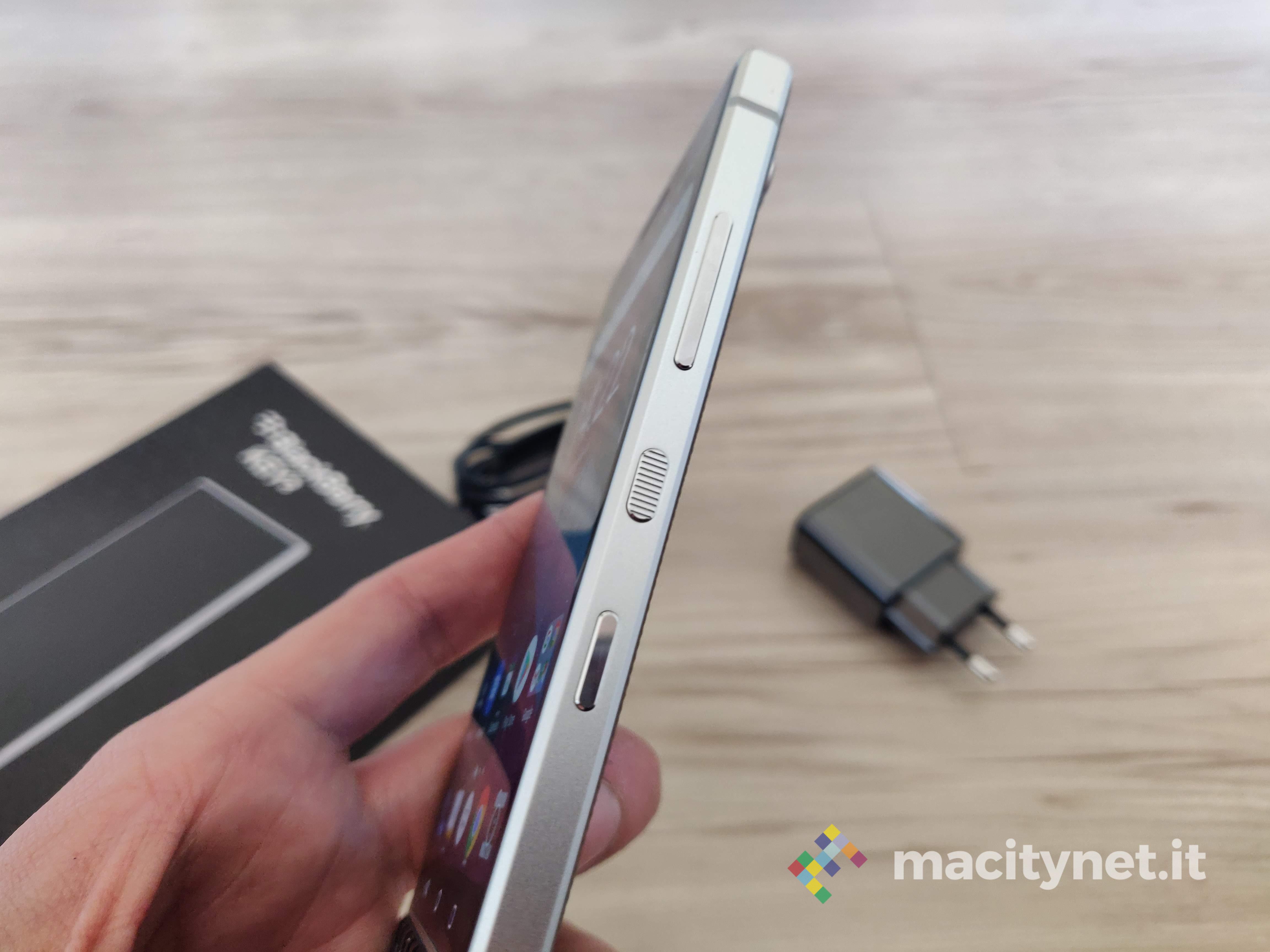
The display is now small, if we consider the current panorama of top-of-the-range smartphones, and therefore rather uncomfortable for viewing multimedia content, such as Netflix or YouTube. As already mentioned, however, those who buy this terminal will not do it to watch movies or TV series. 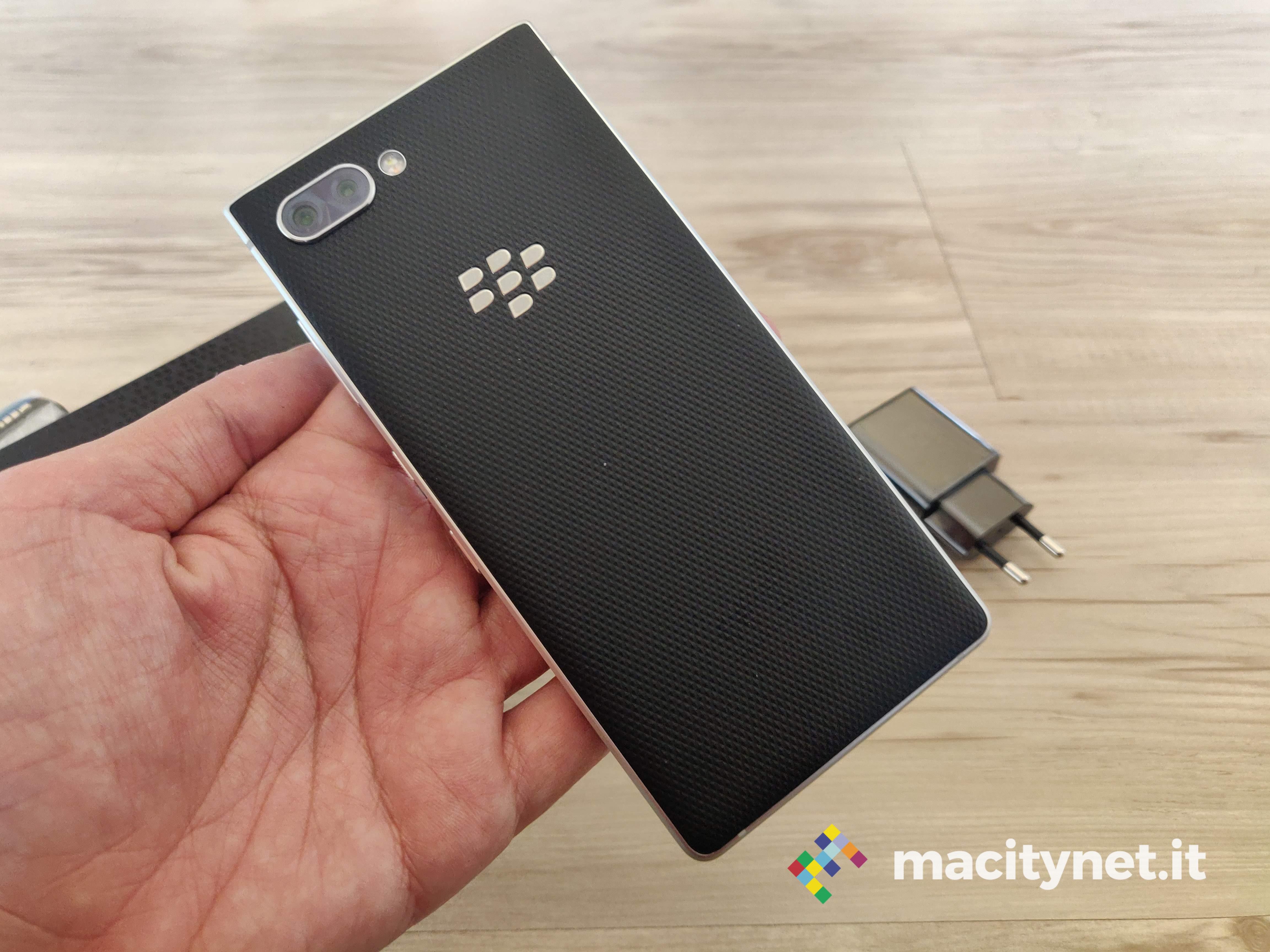
The screen is protected by Gorilla Glass 3, which feels like a step back from the current range of top-of-the-range smartphones, some of which incorporate a more durable Gorilla Glass 5. The Key2 is powered by a Qualcomm Snapdragon 660 processor, flanked by 6 GB of RAM and 64 GB of onboard memory. 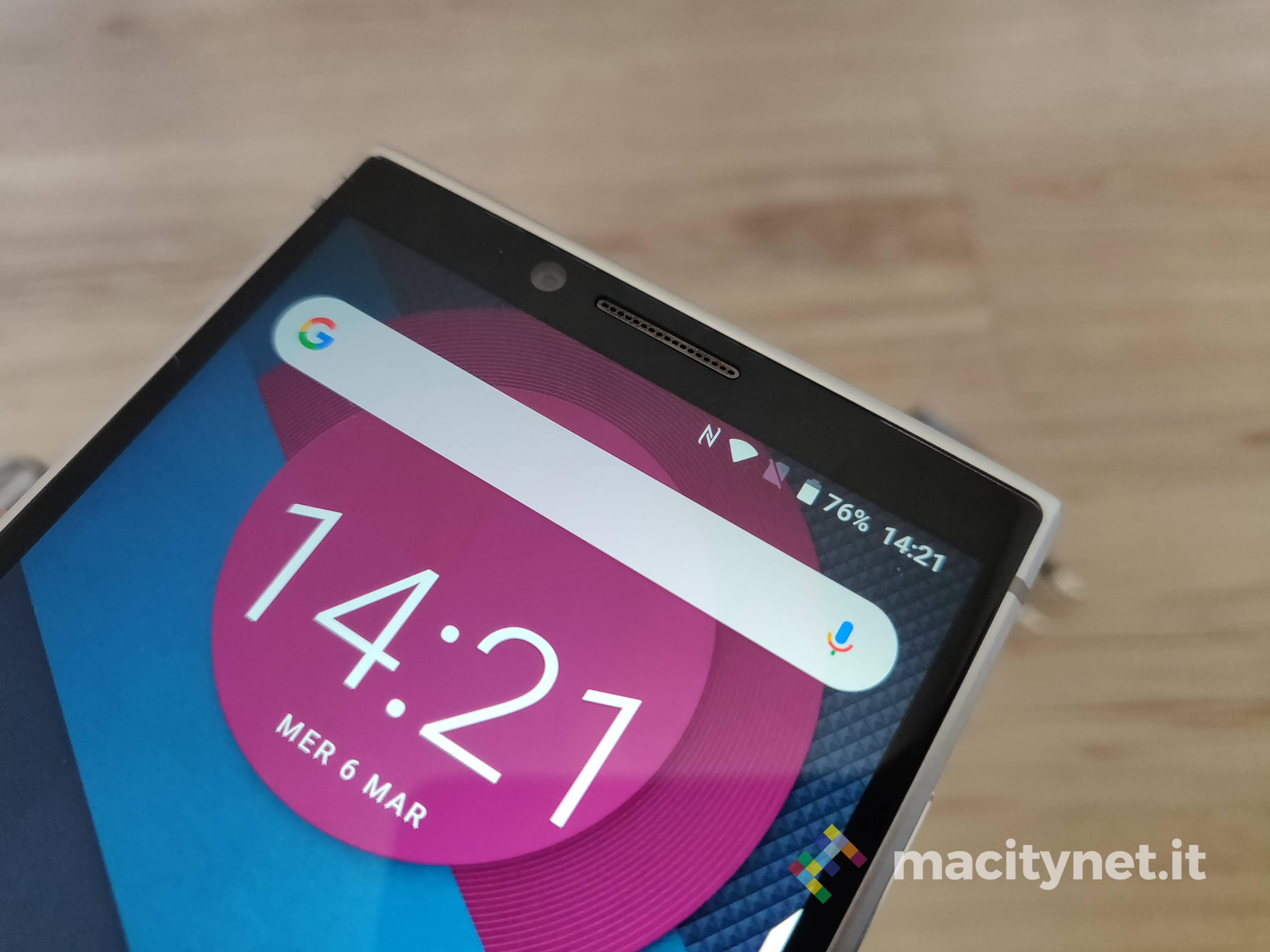
In terms of performance, it no longer represents the top in the panorama, but in everyday life we have not noticed any particular hitches in standard use, therefore in reading and managing mail, in navigation, in the use of all messaging apps or as regards social networks. . In any case, strange but true, not even the technical characteristics should be taken into consideration as a scale needle for the purchase, or not, of this device. Indeed, there is no doubt that the beating heart of the terminal is the keyboard. 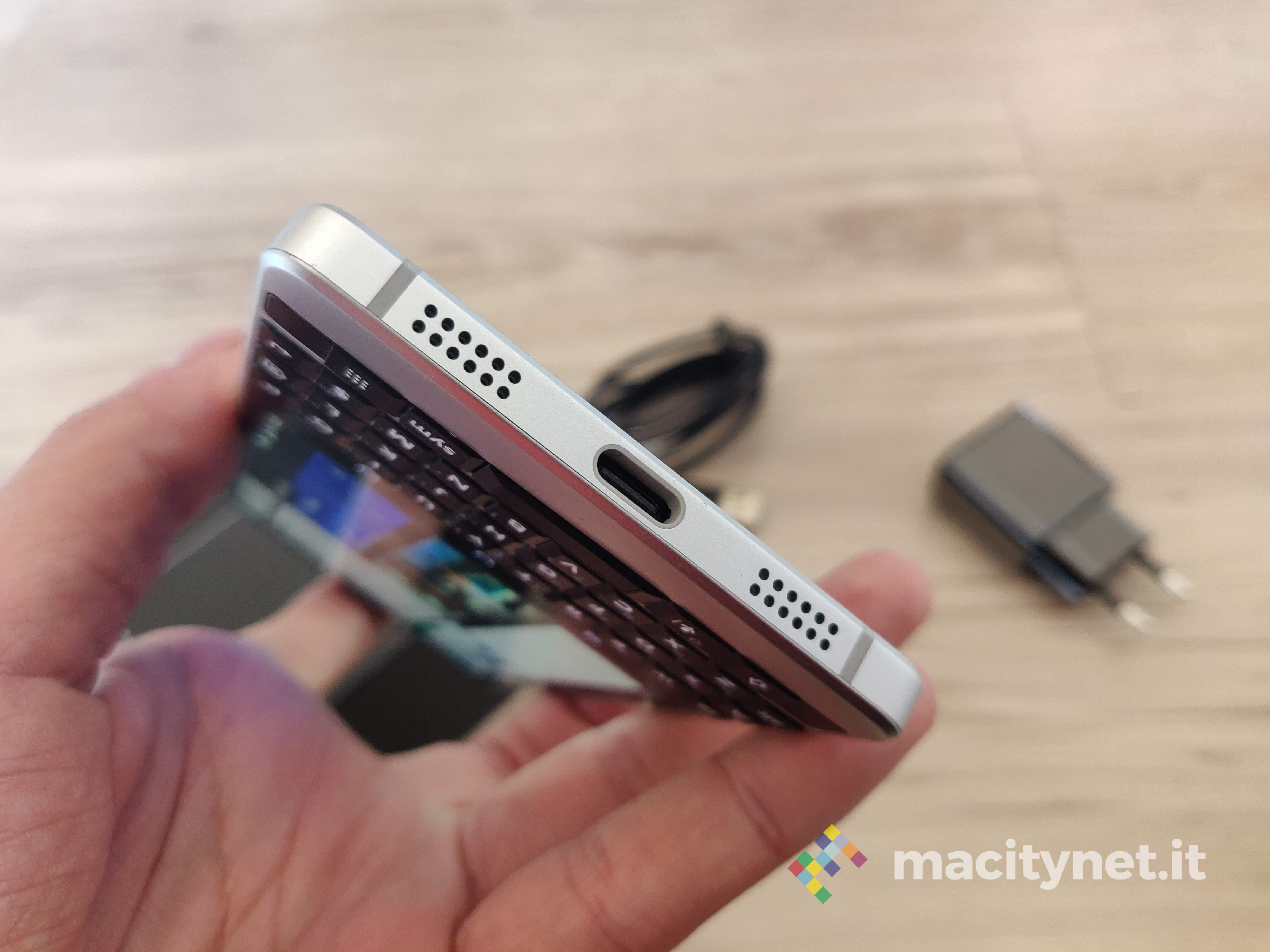
The keyboard
The Key2, like the Keyone, offers an almost complete physical keyboard on the lower part of the terminal. Considering that for years we have been used to typing on virtual keyboards, with more or less functioning automatic correction systems, the arrival of a physical keyboard on a smartphone is initially perceived as something absolutely foreign. Initially it will even be difficult to type quickly, but with daily use you will certainly appreciate the availability of physical keys. 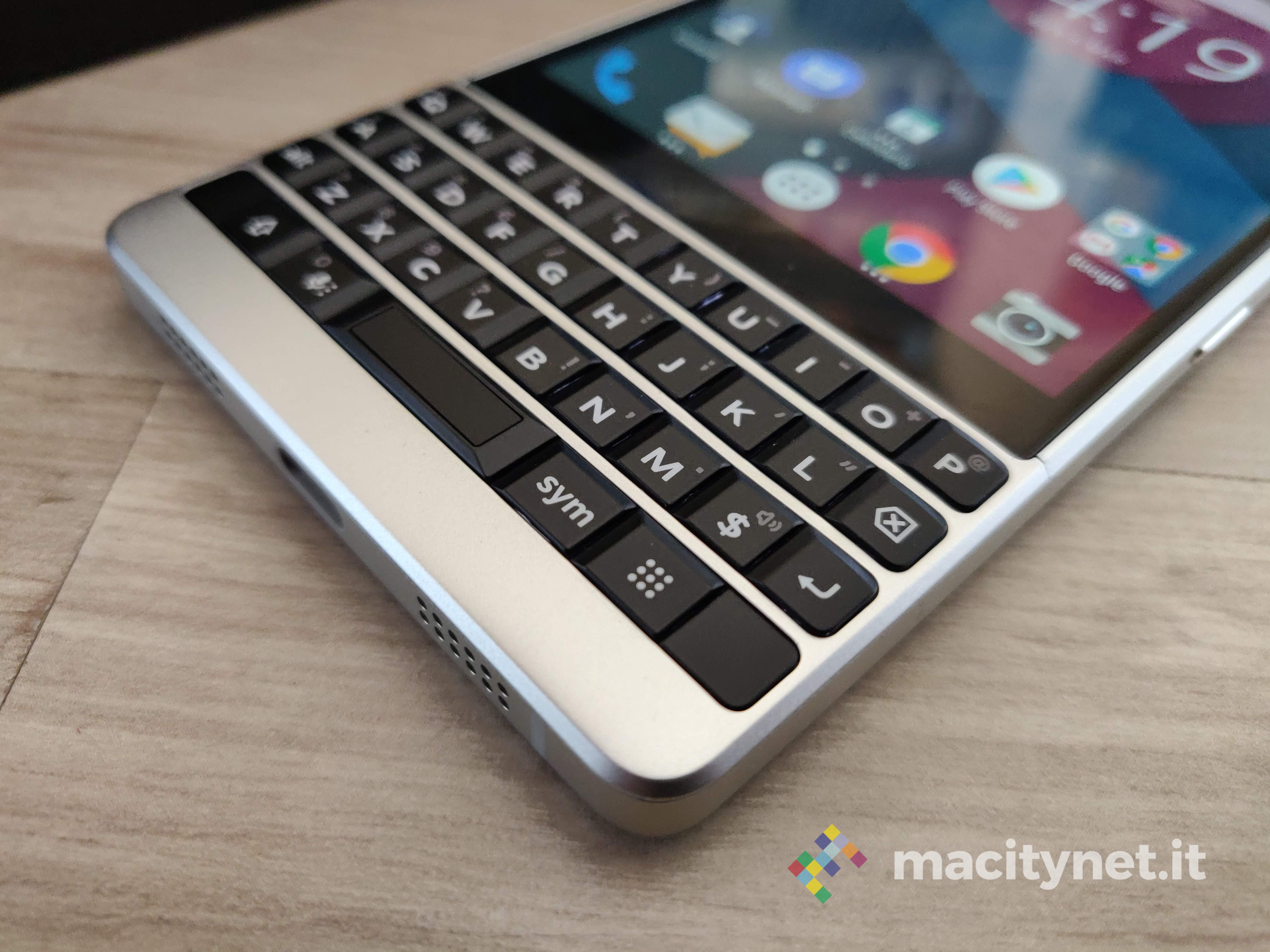
The keys have a satisfying excursion, and when pressed they return a good feeling, one that was lost, of course, with the advent of virtual on-screen keyboards. The keyboard is backlit, so it allows you to write comfortably even in dark environments. It is also soft touch: you can slide your finger vertically or horizontally on the keyboard to scroll apps or web pages.
The keyboard therefore also acts as a trackpad, which also allows you to scroll through the pages of the operating system. The scrolling, to be honest, is not as fast and smooth as you would expect, but it is still comfortable, and allows you to use the terminal comfortably with one hand on many occasions. 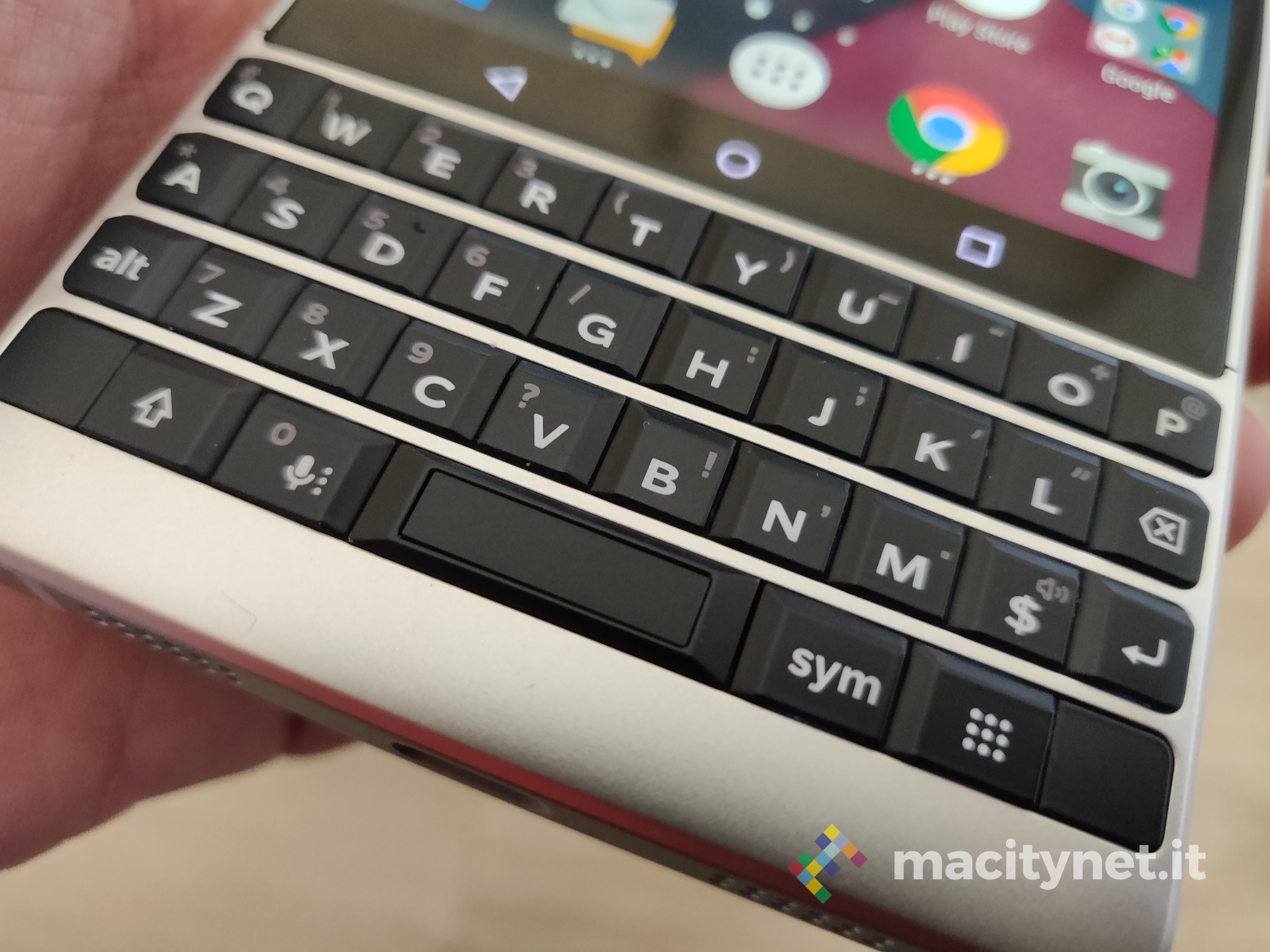
The keyboard is also a treasure trove of shortcuts: each key can be mapped to quickly launch a certain application, be it Maps or the Dialer. This is certainly a faster system than the classic app search in the app drawer. Moreover, each key can be assigned a double shortcut: one for a single tap, the other for a long press. In addition, the Speed Key, located at the “sym” key, allows you to quickly switch between apps. The operation is easy to say, if you are inside any app, it will be sufficient to press the Speed Key button at the same time as one of the other keys to which a shortcut has been assigned. In this way, you can swap between applications absolutely quickly, without having to close and open the different apps.
It is these features that make BlackBerry Key2 different from all other smartphones, and it is these and characteristics to consider when choosing, or not, whether to buy this terminal. 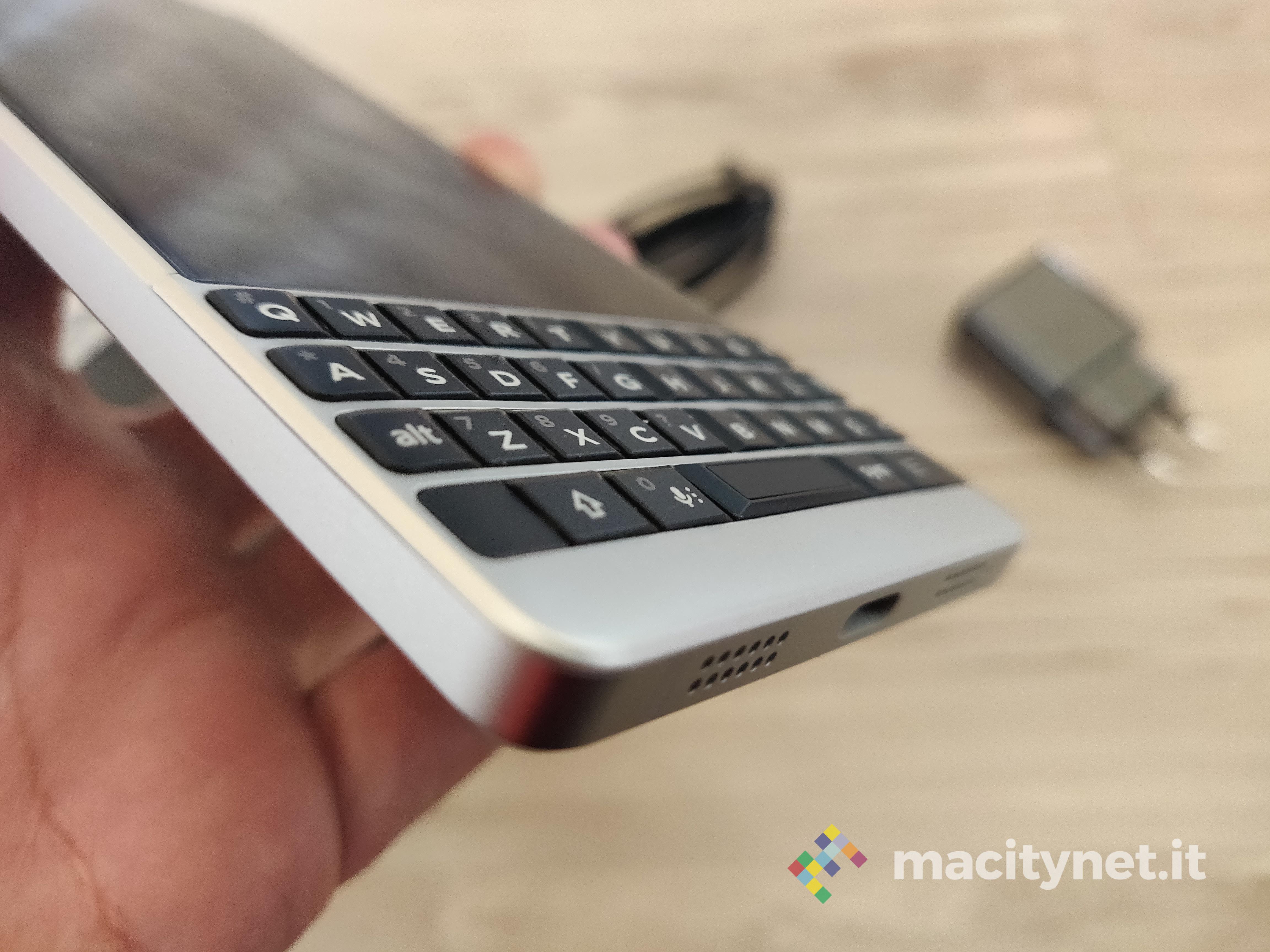
Summing up, the keyboard is, with a little training, really comfortable and functional, but let's not hide the fact that a Swiftke, duly configured, can be even faster.
Software
The BlackBerry Key2 arrives with Android 8.1 on board but the operating system is duly customized, with numerous changes, which initially make it particularly
different from the stock system. Beyond the shortcut mechanism described above, the most interesting novelty is the addition of a Productivity tab, present on the right edge of the screen and which allows you to add widgets, such as agenda or calendar.
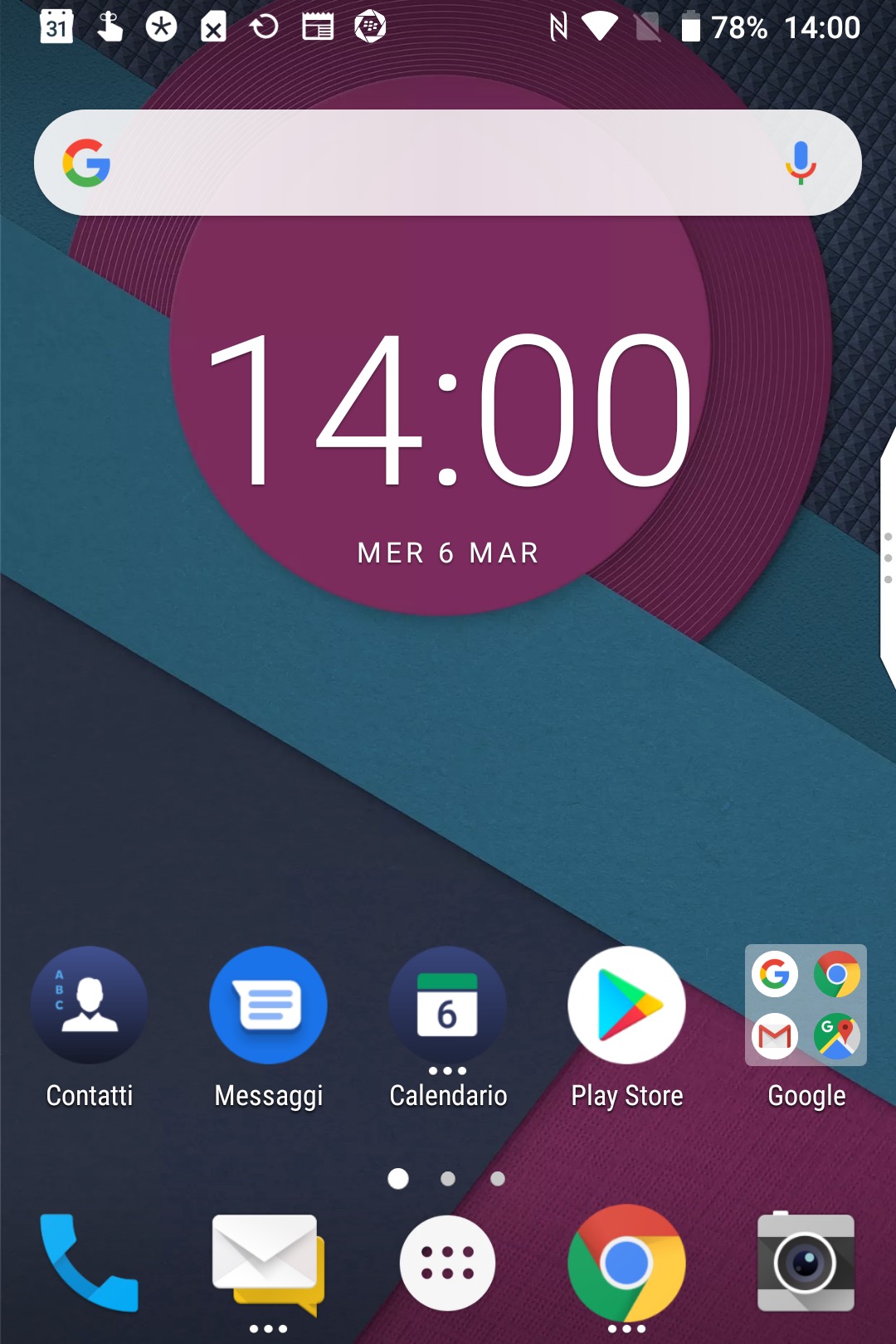
The pre-installed applications on the terminal will be familiar to BlackBerry users, with the addition of a new BlackBerry Hub, where you can see all incoming notifications. Among the other peculiarities of the software, the functionality that allows you to archive and hide applications, which will require an access code for access, to be carried out also through fingerprint recognition.
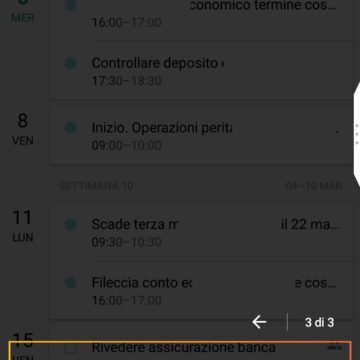
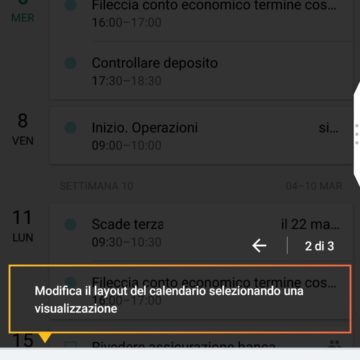

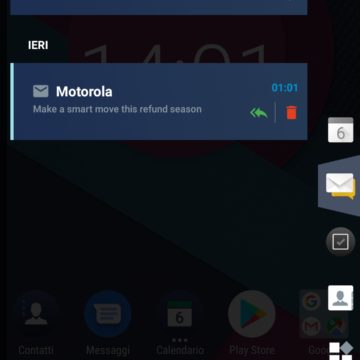
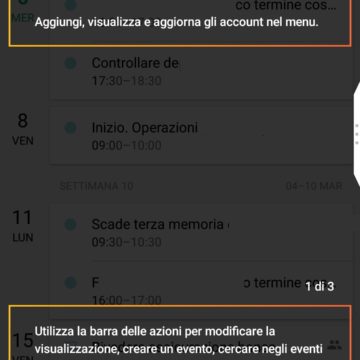
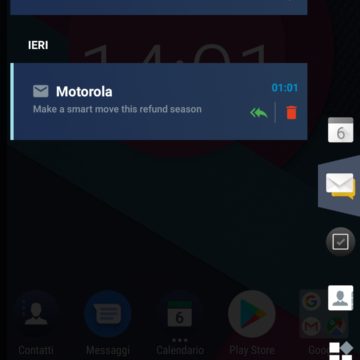
Among the BlackBerry proprietary apps, the one called DTEK, which informs the user if an app has access to sensitive information, such as the microphone, allowing it to be blocked from use.
Autonomy
The battery of this BlackBerry Key2 is 3500 mAh, and depending on the use it is also possible to reach a day and a half of autonomy. This is also thanks to the “Energy Saving Center” app, which allows you to easily find out which apps consume the most battery and set a series of optimizations to extend the autonomy of the terminal, depending on use. There is no support for wireless charging, but the autonomy allows you to forget this shortcoming. The terminal supports Qualcomm Quick Charge 3.0.
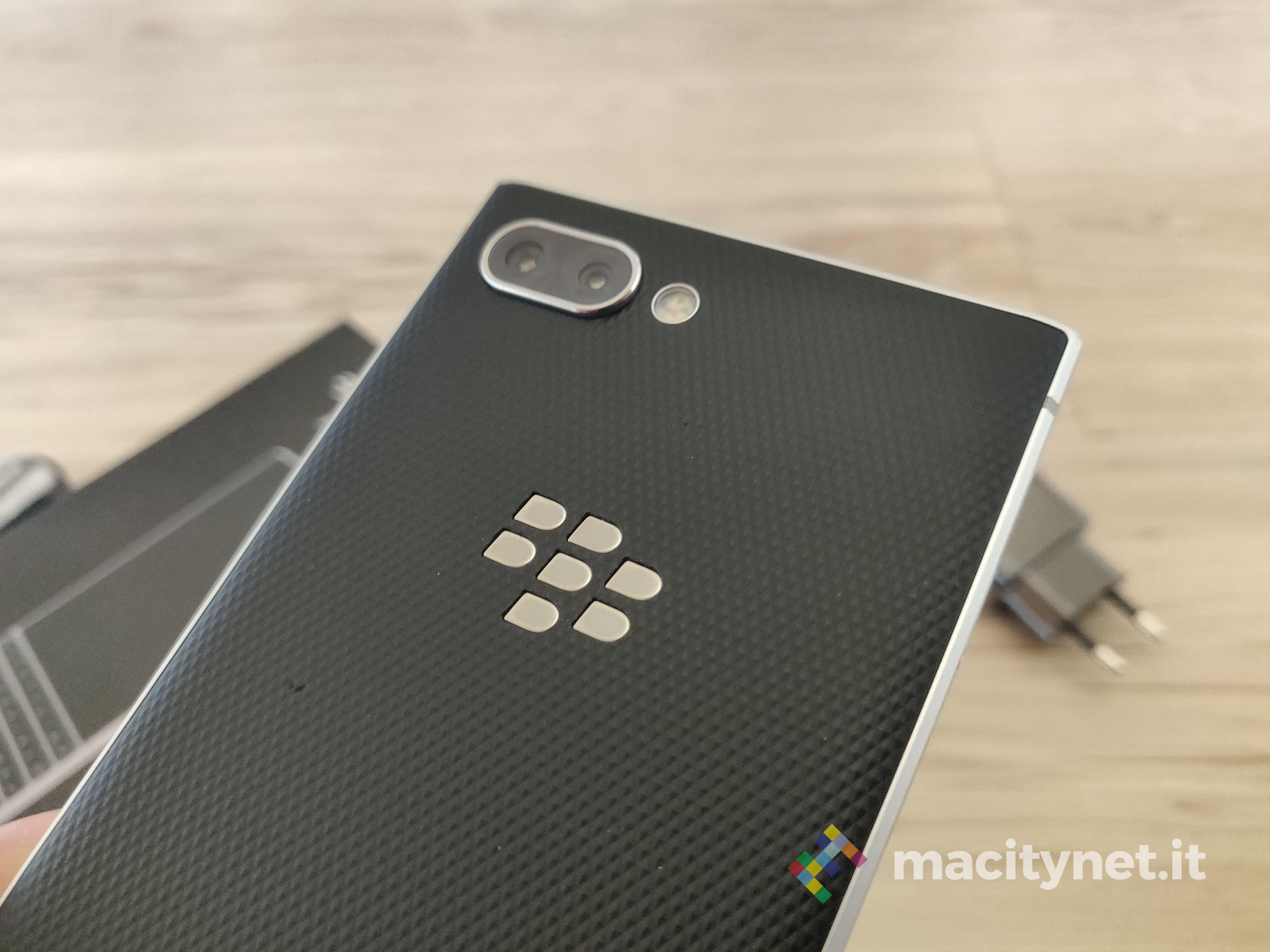
Camera
BlackBerry Key2 also welcomes the fashion of the dual rear camera, with 12 megapixel sensors, one with aperture f / 1.8, and the other with aperture f / 2.6. Present a 2x optical zoom, as well as a Portrait mode. 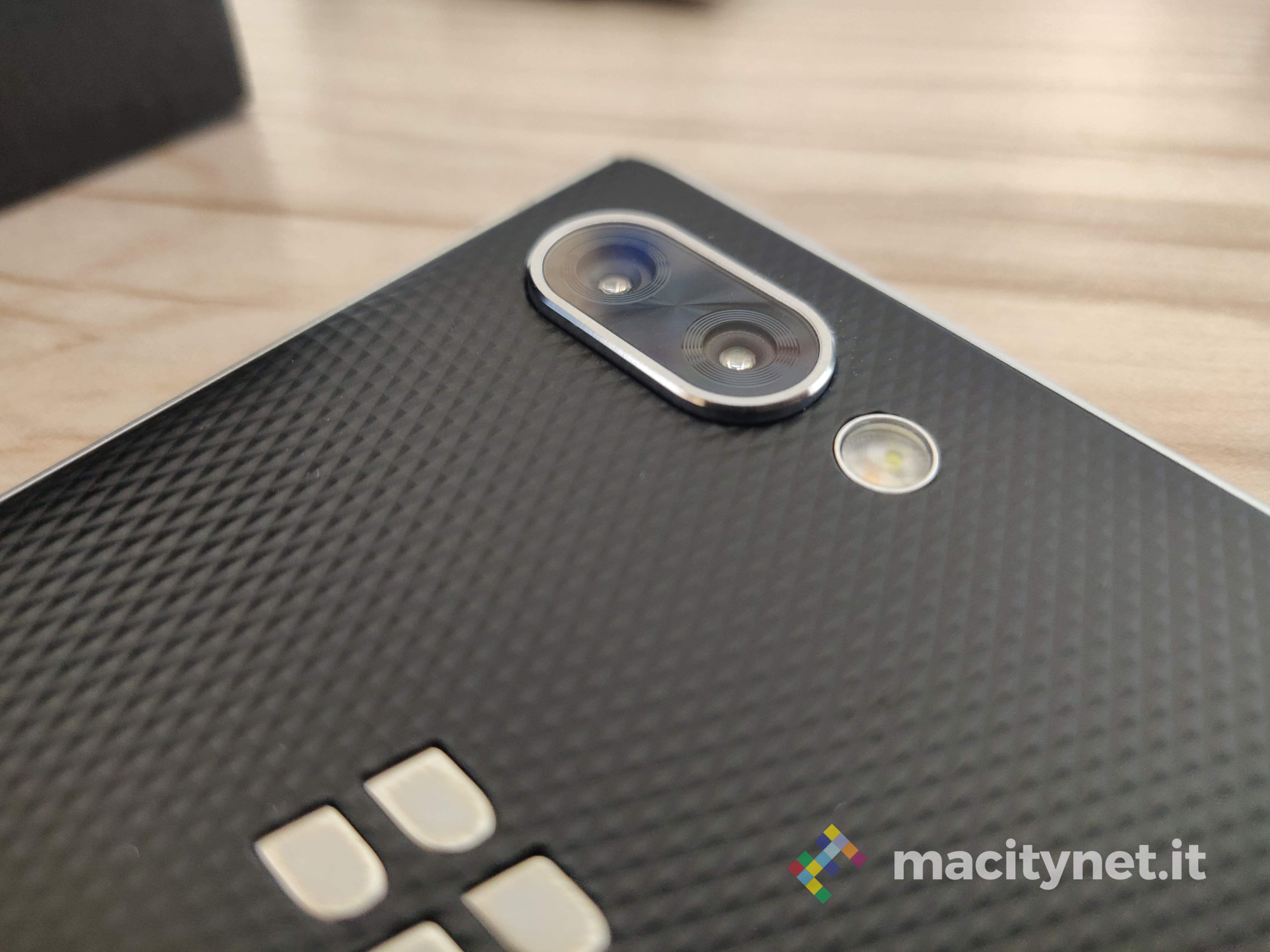
The shutter reacts quickly, except in cases of low light, where reactivity is less. In good lighting, medium lighting, the photos look well detailed, rich in color. White balance is sometimes problematic, and HDR operation tends to overexpose photos.

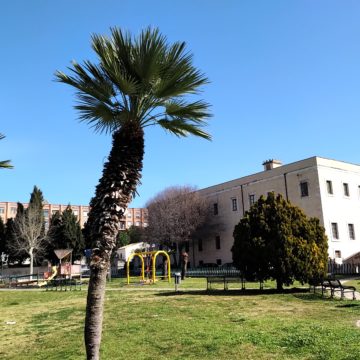







Where the terminal suffers is in shots in the dark or in low light conditions. The 2x optical zoom mode is fully enjoyable in daylight, but details appear slightly blurrier in the absence of light. Portrait mode works well: the camera is able to identify the edges of the subject well, and consequently applies a good blur to the background, bringing a strong focus on the main subject.
Conclusions
In its 4GB version of RAM it costs just over 400 euros on Amazon. This is a price justified by the particularity of the terminal. It is not the most powerful on the market, but it is undoubtedly the one that offers a totally different approach to the world of smartphones. The keyboard is the most important key feature of the terminal, the one that makes it the exception in the current landscape of smart mobile phones.
On Amazon you can buy at the moment for 413 euros.
PRO
VERSUS





